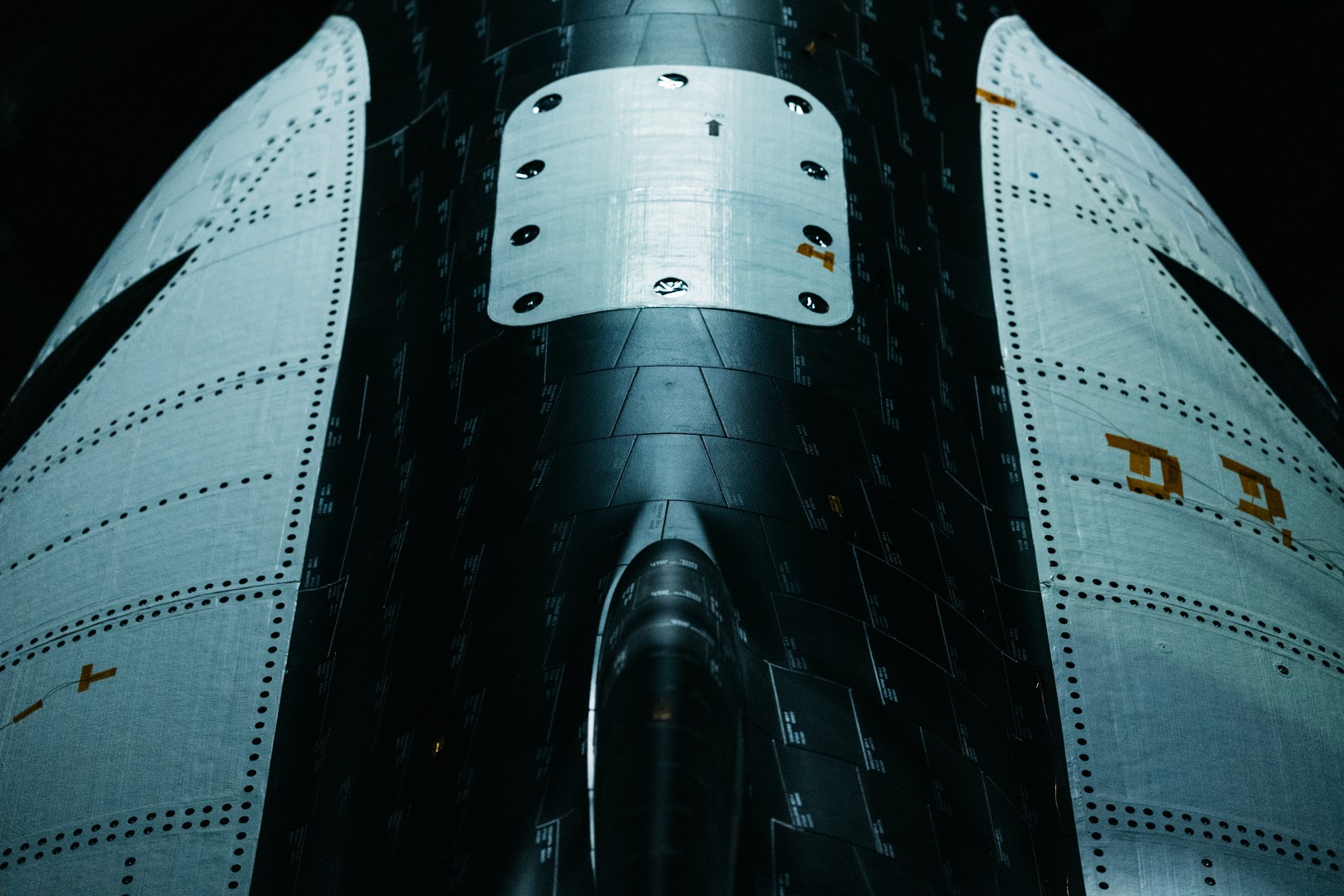Dream Chaser: Sierra Space’s super spacecraft passes crucial tests
Interesting Engineering carries an article about Sierra Space’s first Dream Chaser spaceplane which has successfully completed a series of critical tests, paving the way for its journey to the launch site in Florida, Caliber.Az reprints the article.
Sierra Space, a frontrunner in commercial space ventures and emerging defense technologies, has unveiled a remarkable achievement. The company announced that they’ve finished tough tests on their advanced Dream Chaser spaceship, called Tenacity, and its cargo companion, Shooting Star.
The tests were carried out at NASA’s famous Neil Armstrong Test Facility in Sandusky, Ohio, which has some of the biggest and best space simulation test facilities in the world.
“Successful completion of an incredibly rigorous environmental testing campaign in close partnership with NASA is a significant milestone and puts Dream Chaser on track for operations later this year,” stated Tom Vice, the CEO of Sierra Space.
He stressed how this achievement will transform things, imagining a big change in how we connect space and Earth.
Vibration and shock test
Dream Chaser and Shooting Star went through tough tests for shock, vibration, and handling extreme temperatures at the Armstrong Test Facility. In December, they did crucial shock tests with United Launch Alliance, showing how sturdy the flight separation system is for the Vulcan Centaur rocket.
Then, there were five weeks of sine vibration testing to ensure everything would hold up during launch. Another shock test later emphasized the meticulous care taken throughout the process.
Thermal vacuum testing
In space, it can get super cold, way below freezing, or really hot, reaching hundreds of degrees Fahrenheit because of the sun’s radiation. For this, the spacecraft were also subjected to a thermal vacuum test, or “T-VAC” testing, where they were blasted with temperatures ranging from a bone-chilling -150°F to a scorching 250°F.
Over five weeks, Dream Chaser and Shooting Star cycled through these temperature swings repeatedly, with engineers running tests at different points to make sure everything was working as planned.
Dream Chaser prepares for liftoff
The next stop for this dynamic duo is Florida’s Kennedy Space Center. There, they’ll be prepped for their big debut inside the historic Space Systems Processing Facility (SSPF). This facility, originally built for the International Space Station, will be Dream Chaser’s final pitstop before launch.
Here, they’ll undergo additional tests to ensure they can handle the loud noises and electromagnetic interference of launch. They’ll also receive some finishing touches on their thermal protection system, making sure they’re shielded from the scorching heat of atmospheric re-entry.
Pioneering spacecraft
Dream Chaser, aptly named for its tenacity, is the first of a planned fleet of spaceplanes. This pioneering spacecraft is scheduled for a 2024 launch, embarking on the first of seven missions to deliver critical supplies to the International Space Station under NASA’s Commercial Resupply Services-2 contract.

Furthermore, Sierra Space’s production facility in Louisville, Colo, is abuzz with activity as work progresses on the construction of the second spaceplane, Reverence.
Sierra Space Ghost
In another development, Sierra Space is nearing the final stages of testing for its spacecraft, the Sierra Space Ghost.
While Dream Chaser focuses on transporting humans and cargo to orbit, Sierra Space Ghost tackles the final leg of the journey – delivering supplies to any location on Earth in a mind-blowing 90 minutes. Designed to land in areas lacking traditional landing facilities, the Ghost boasts impressive capabilities, including a steerable rudder on its parafoil for precise payload delivery.
The system operates by pre-loading supplies onto designated units, which are then launched into orbit. When needed, a de-orbit motor initiates descent towards Earth, with the payload protected by a thermal shield during reentry.
As the Ghost system progresses through testing phases, Sierra Space remains committed to refining its scalability and cost-effectiveness, with plans to eventually bring down production costs and establish operational targets.








